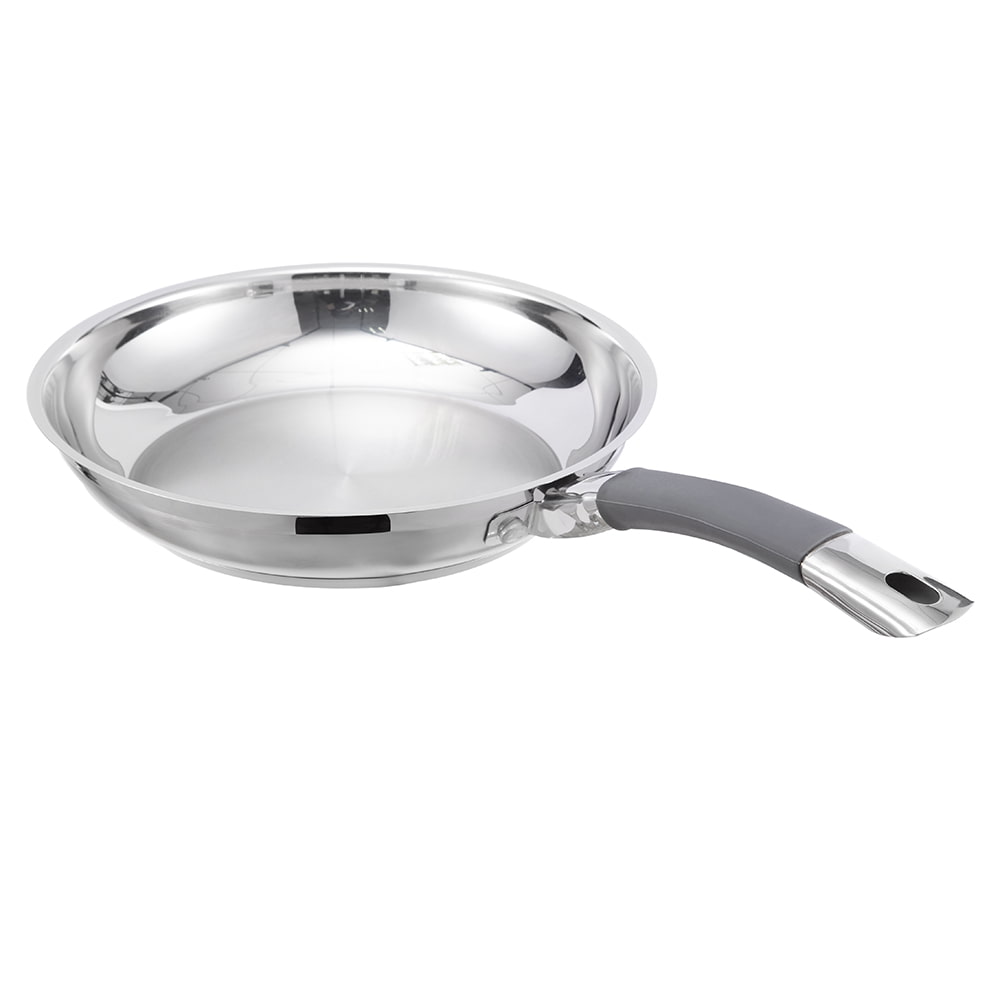The ductility of metals essentially stems from the relative slip ability of atomic layers in the crystal structure. Aluminum atoms are tightly packed in a face-centered cubic structure, and this crystal structure gives it extremely high plastic deformation ability. Under high temperature and high pressure processing environments, aluminum materials can achieve complex geometric shapes through extrusion, stretching and other processes without destroying the internal crystal structure, providing a material basis for the innovative design of cookware.
The high ductility of aluminum enables full-induction aluminum cookware to break through the limitations of traditional straight wall modeling and achieve complex curved surface designs such as curved pot walls. In the manufacturing process of cookware, through precise mold forming technology, liquid aluminum can be accurately fitted to the mold surface after die-casting or spinning to form a smooth curved contour. This process precision can control the thickness error of the pot wall within a very small range, ensuring that while maintaining the efficient thermal conductivity of the thin wall, the structural strength and the aesthetics of the shape are unified. Compared with traditional straight-wall cookers, the curved design increases the inner surface area of the cooker. Under the same capacity, the curved pot wall can provide a larger heat contact area, so that the food and the heat source are in more contact.
The curved pot wall design forms a synergistic effect with the thermal conductivity of aluminum. When the cooker is heated, the heat quickly conducted by the aluminum material can be evenly diffused along the curved surface. In traditional straight-wall cookers, due to the limitations of the heat conduction path, the edge of the pot body is often farther away from the heat source and the heat convection is not smooth, resulting in a phenomenon that the temperature is lower than the center area, resulting in uneven heating of the food. The curved pot wall optimizes the heat conduction path so that the heat can naturally extend along the curvature of the curved surface, reducing the loss and temperature difference during the heat conduction process. When frying and cooking, this uniform heat distribution allows the food to obtain consistent heat supply at the moment of contact with the pot wall. Whether it is close to the center of the pot or the edge of the pot, the food can reach the appropriate cooking temperature at the same time, effectively avoiding local burnt or undercooked conditions.
In the actual cooking process, the combination of the curved pot wall and uniform heat conduction significantly improves cooking efficiency and food quality. Taking Chinese stir-fry as an example, when the chef flips the pan, the ingredients move along the curved pot wall parabola. Under the combined effect of gravity and the curvature of the pot body, the ingredients can evenly contact the high-temperature pot wall surface. The fast and uniform heat conduction characteristics of aluminum cookware allow the ingredients to quickly lock in moisture and flavor during a short contact with the pot wall, while avoiding excessive oil oxidation and nutrient loss due to local high temperature. In Western-style frying and grilling, the curved design can make steaks, fish and other ingredients easier to slide when turning over, and with the uniform heating effect, ensure that the ideal Maillard reaction is formed on the surface of the ingredients, achieving a cooking effect of crispy outside and tender inside.
The curved pot wall design also brings about an optimized operating experience. The smooth curved surface shape is more in line with ergonomic principles. When users stir-fry and stir, the movement trajectory of the wrist and arm can naturally fit with the curvature of the pot body, reducing the operating fatigue caused by the edge resistance of the straight-walled pot. At the same time, the arc structure allows the liquid in the pot to form a natural convection cycle when heated. During the stewing and boiling process, this convection can promote the full integration of ingredients and soup, accelerate the release and penetration of flavor substances, and make the soup more rich and mellow.
The high ductility of aluminum elements gives full-induction aluminum cookware a unique arc design through precision processing. This design is deeply integrated with the thermal conductivity of aluminum, reshaping the performance of the cookware from multiple dimensions such as heating area, heat conduction efficiency, and cooking operations. Full-induction aluminum cookware is based on material properties, and transforms physical properties into cooking advantages through structural innovation, bringing more efficient and higher-quality cooking solutions to modern kitchens.
 No. 1, Jingwei Road, Yangcheng Lake Town, Xiangcheng District, Suzhou City, China
No. 1, Jingwei Road, Yangcheng Lake Town, Xiangcheng District, Suzhou City, China [email protected]
[email protected] +86-13913553688
+86-13913553688
 search
search
 中文简体
中文简体 English
English русский
русский Français
Français Español
Español 日本語
日本語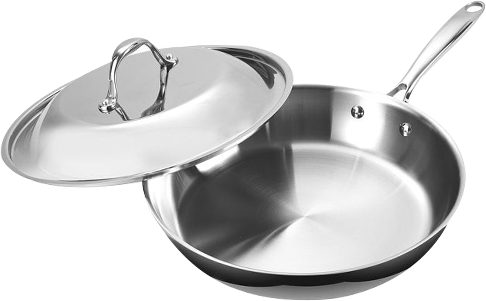
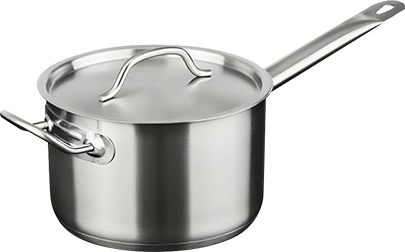
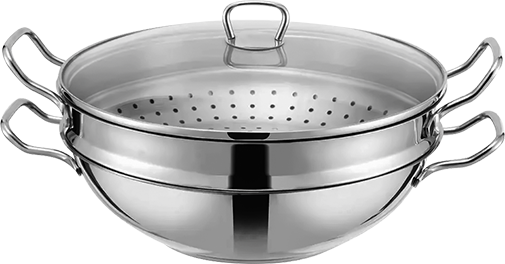
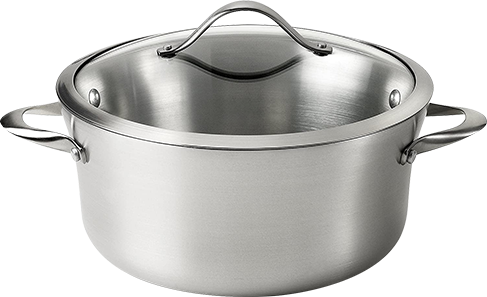



-4.jpg)
-1.jpg)
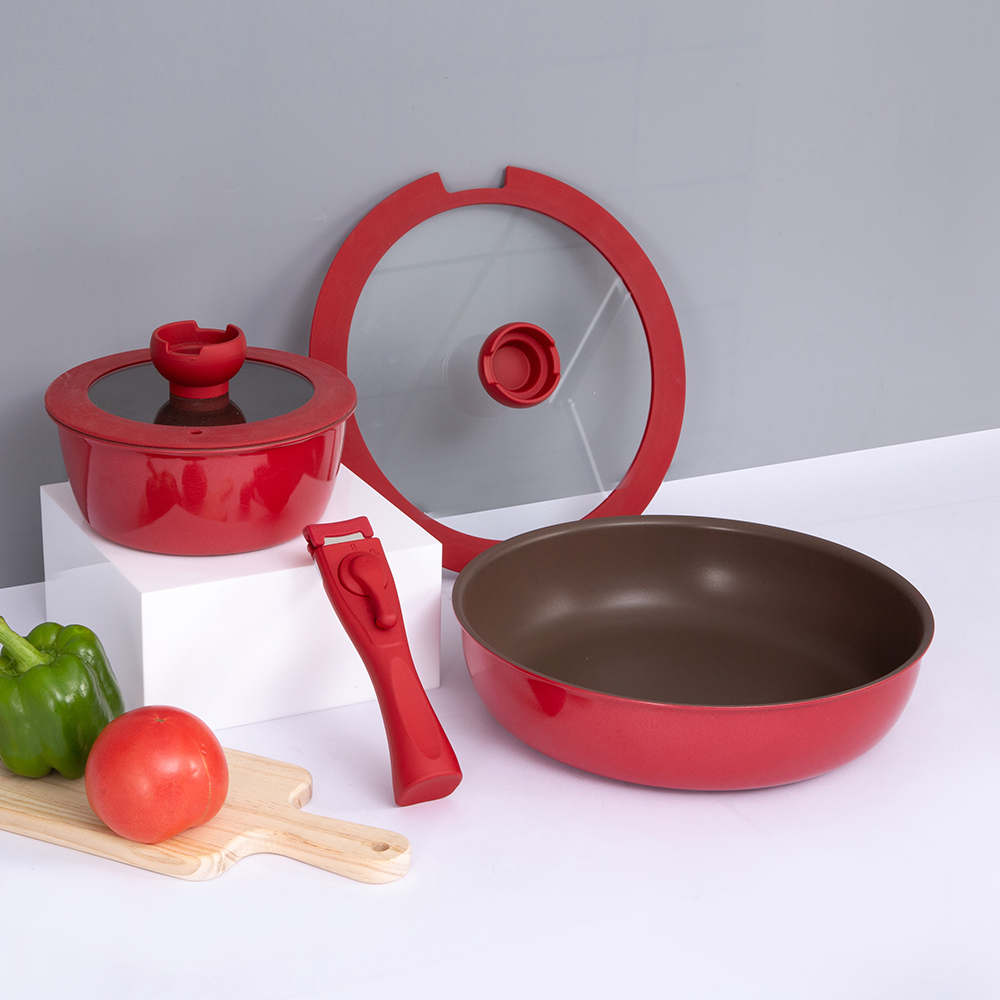
-3.jpg)
-5.jpg)
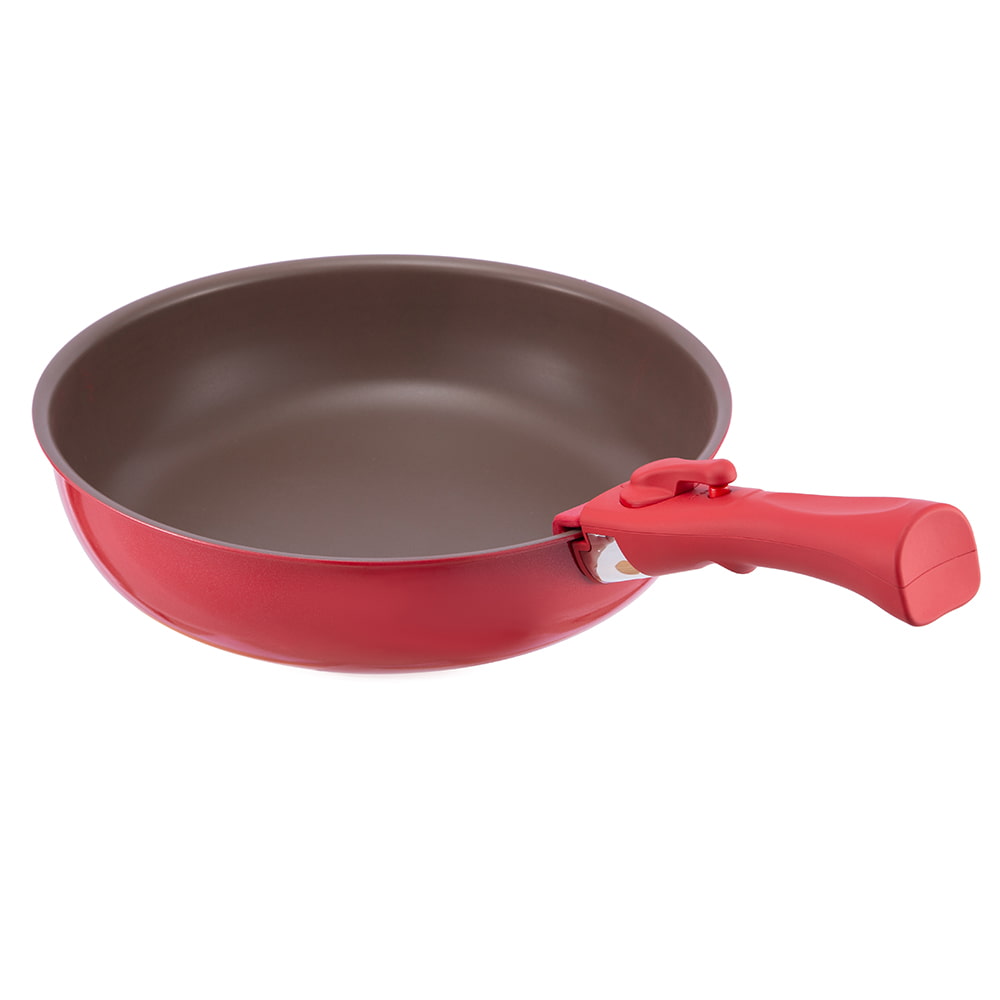
-3.jpg)
-9.jpg)
-3.jpg)
-14.jpg)
